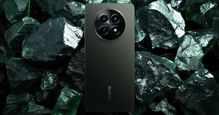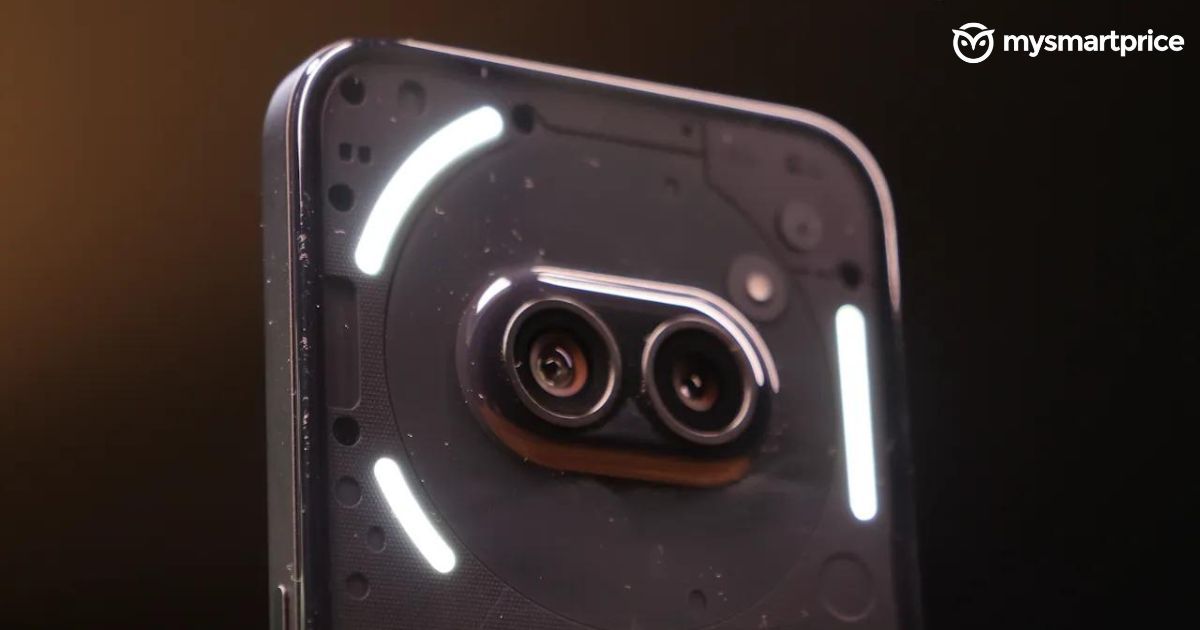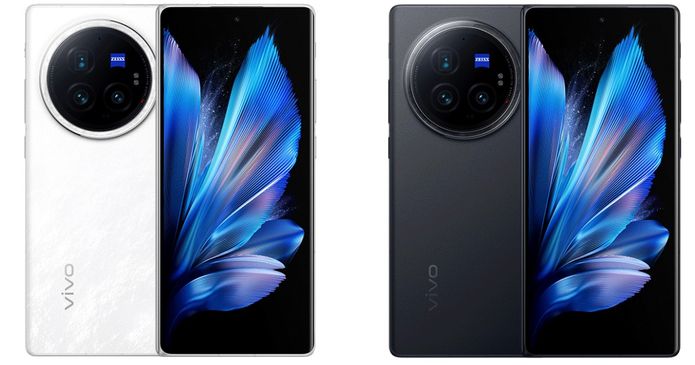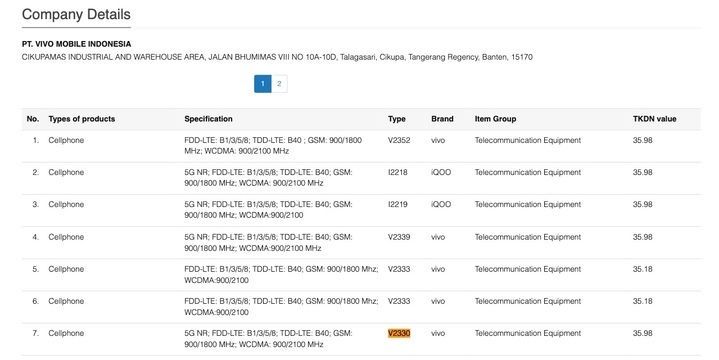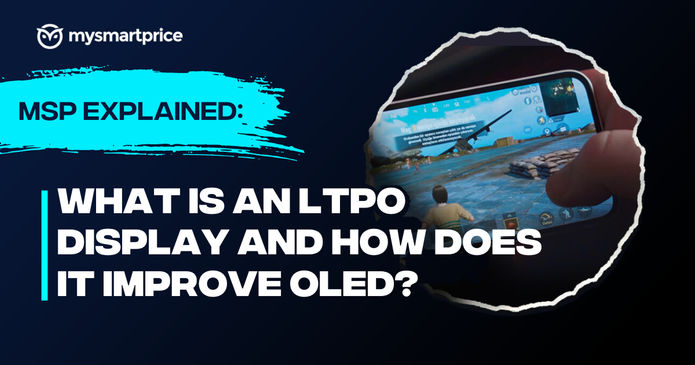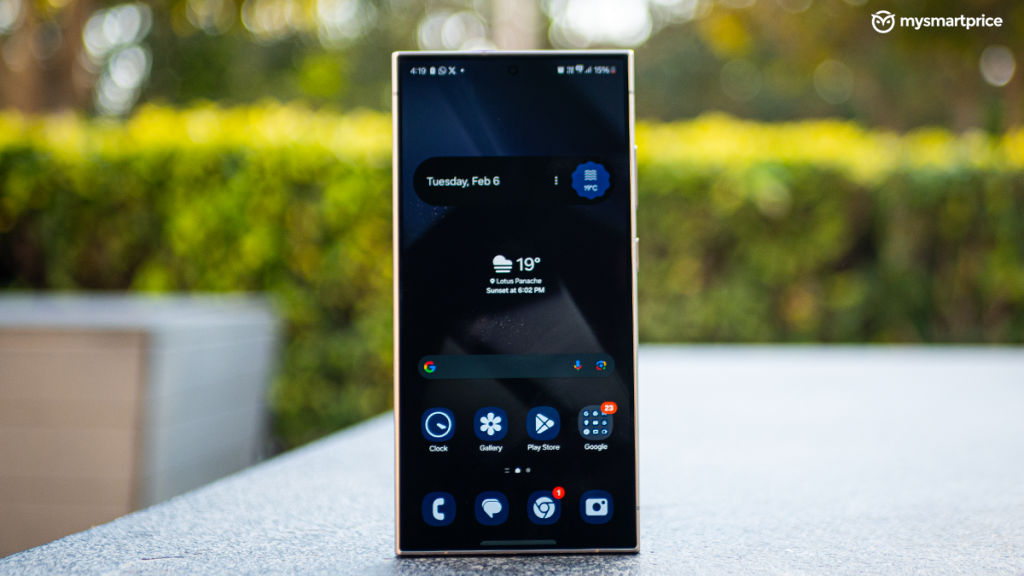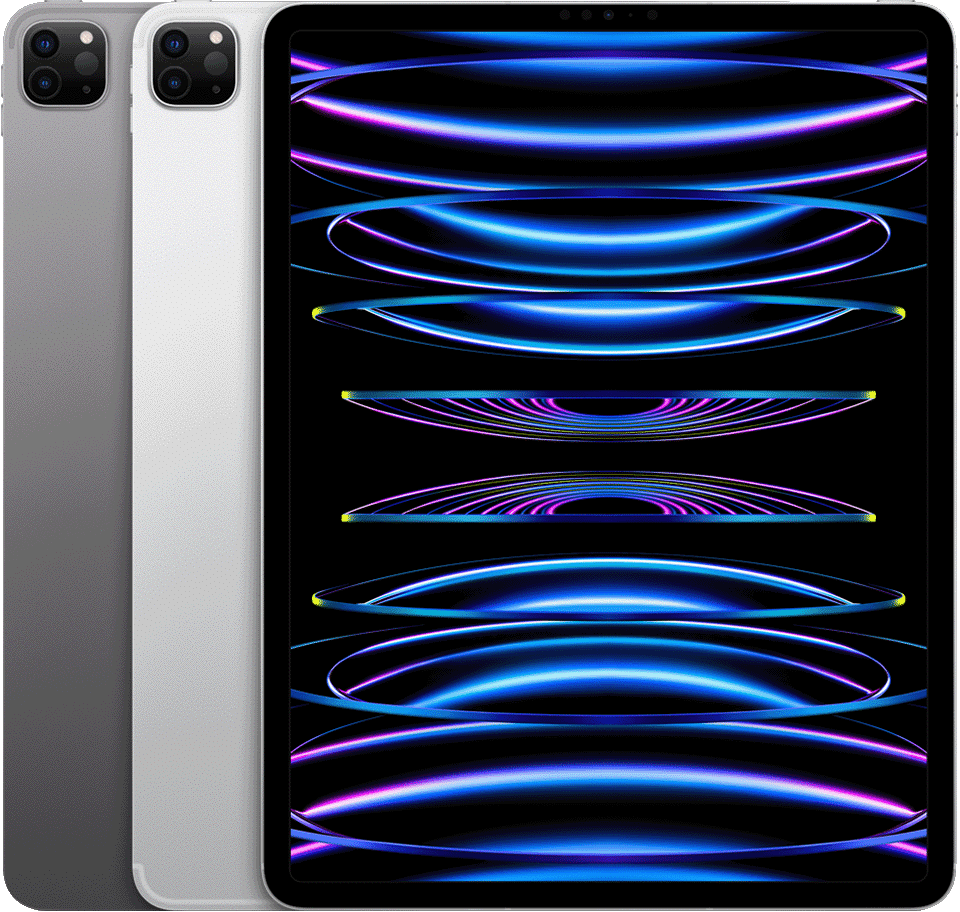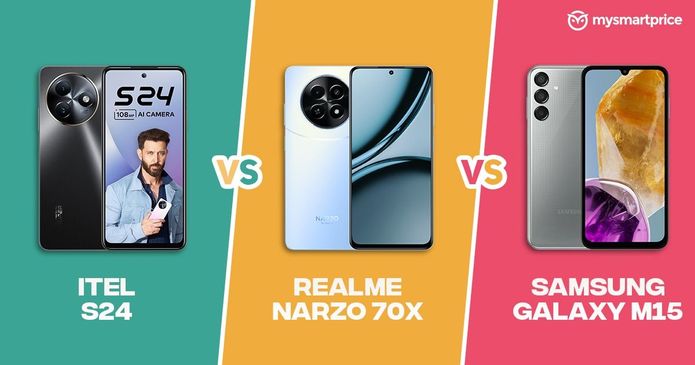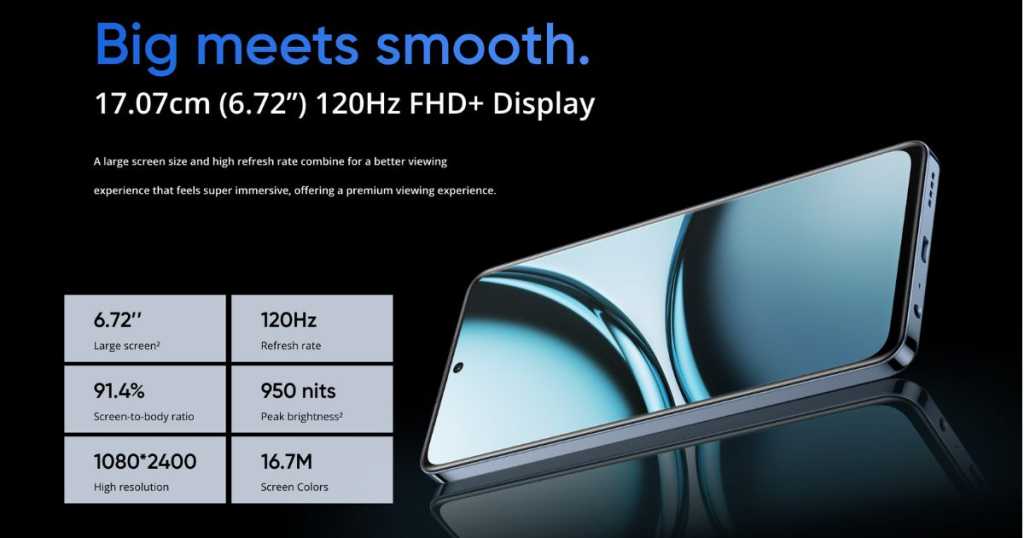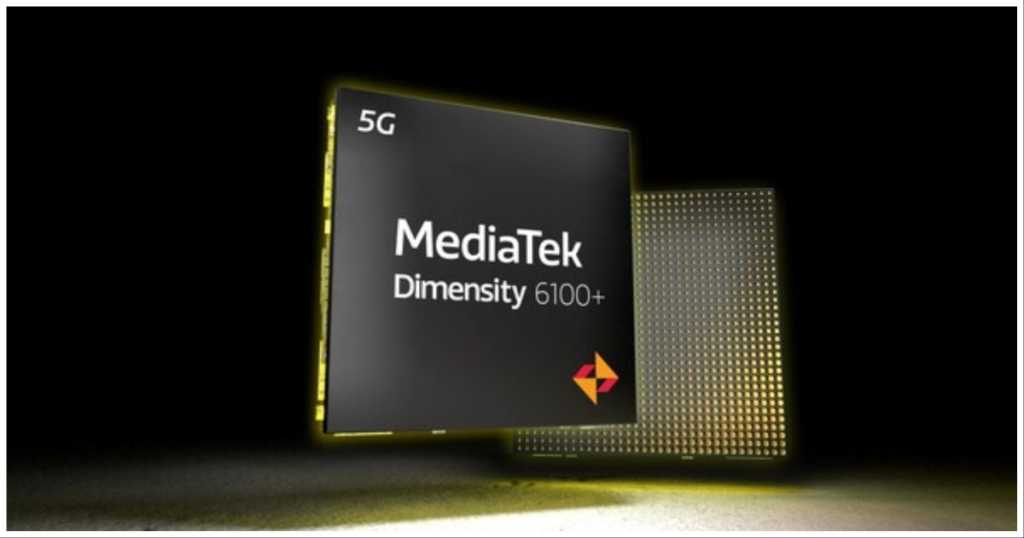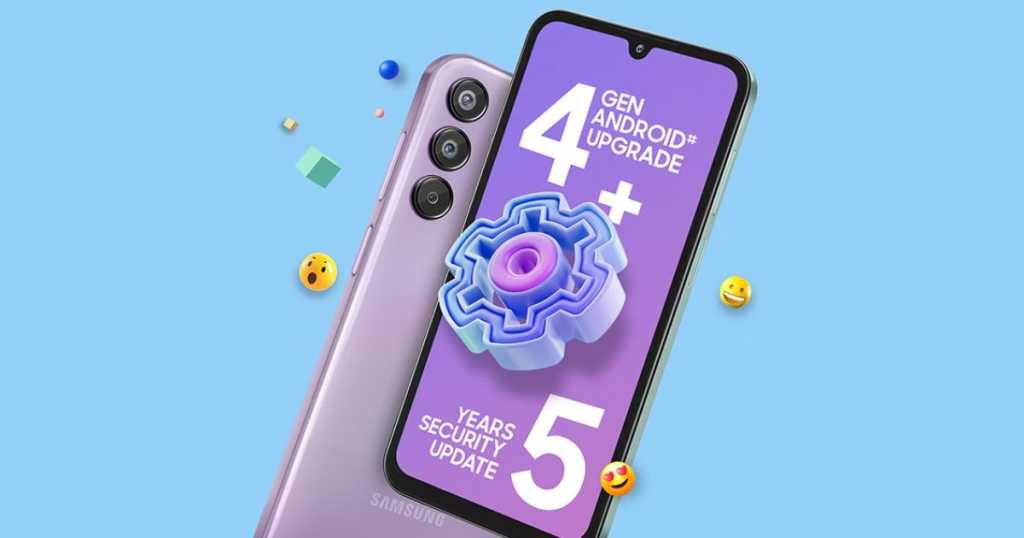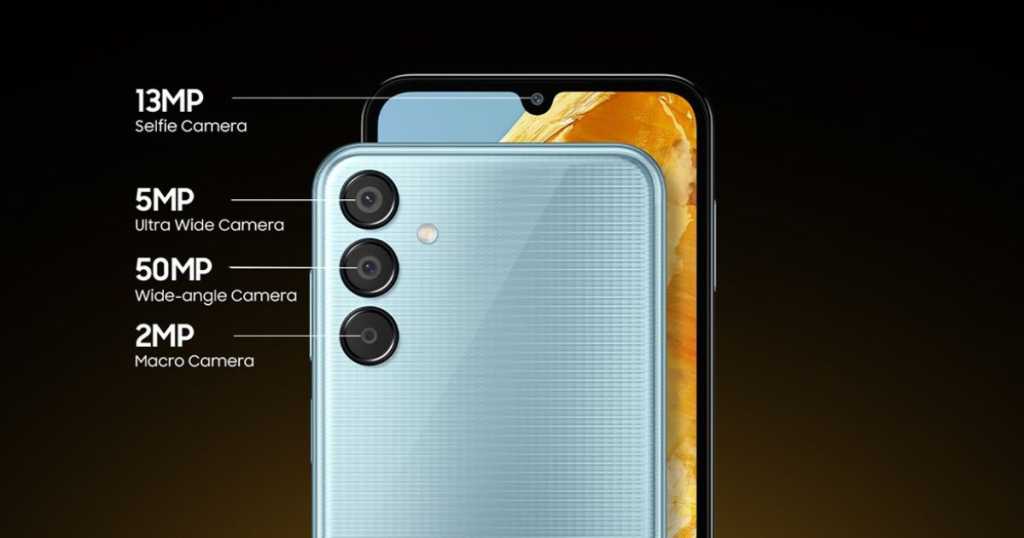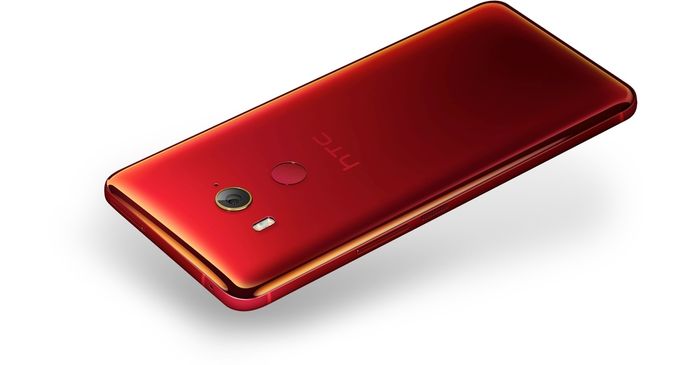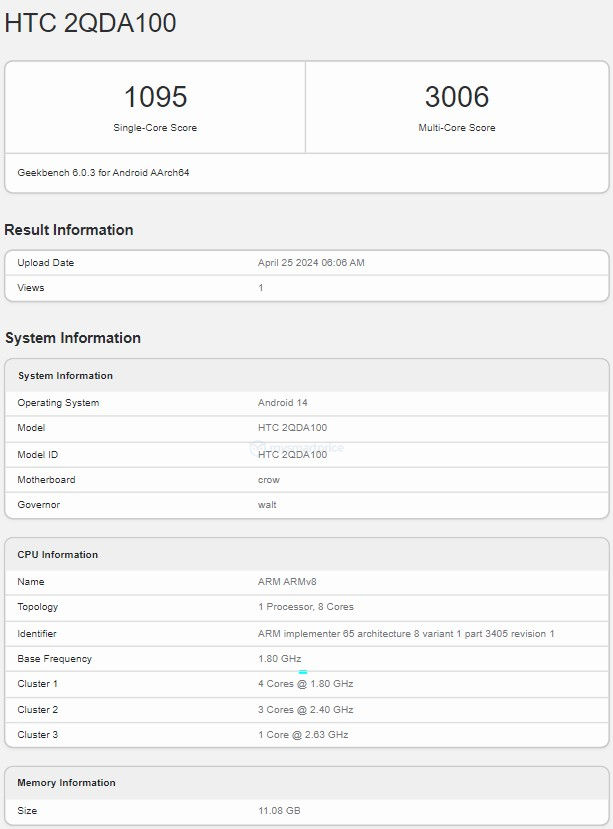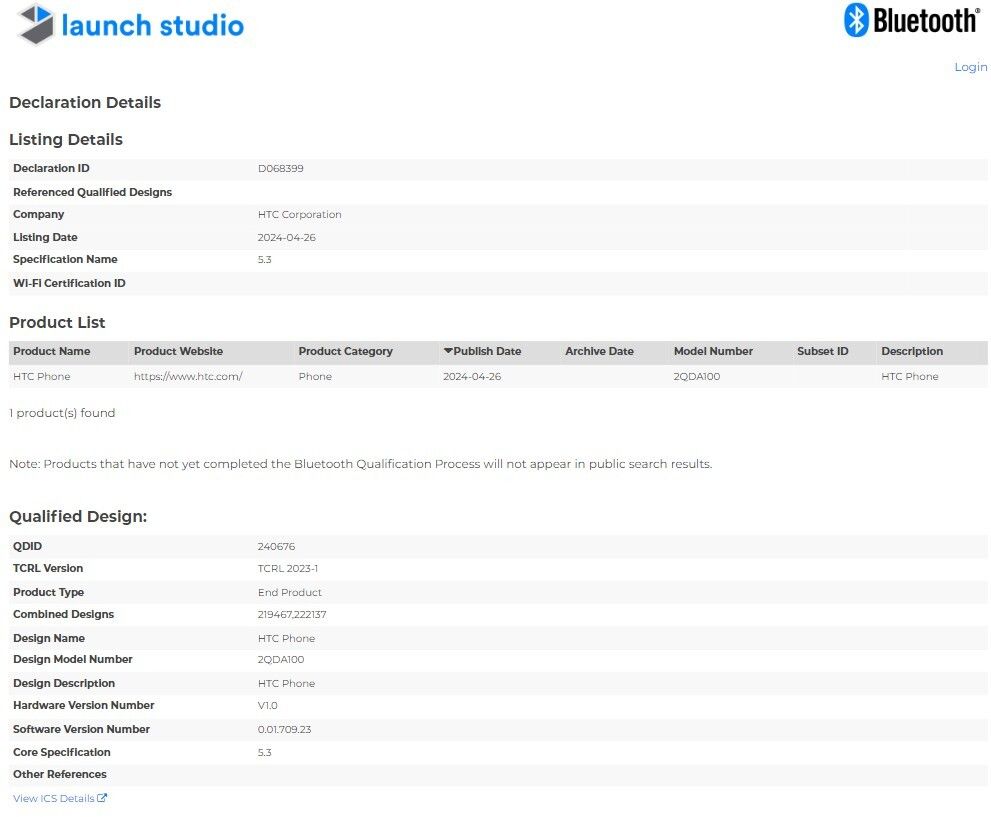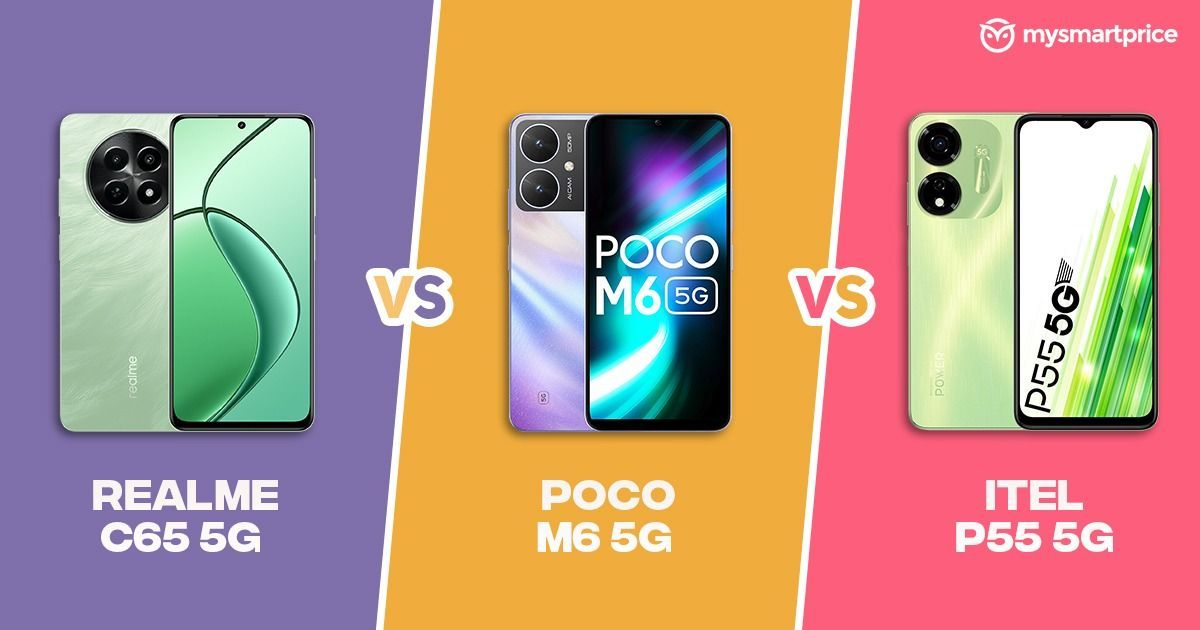
Realme recently unveiled its most affordable 5G-enabled handset – the Realme C65 5G in the Indian market. The Realme C65 5G is one of the cheapest 5G-enabled smartphones in the country and competes against the likes of the POCO M6 5G, Redmi 13C 5G, and itel P55 5G.
In this post, let us compare the Realme C65 5G with the POCO M6 5G and itel P55 5G to see which is the budget 5G champion.
Realme C65 5G vs POCO M6 5G vs itel P55 5G: Specs at Glance
| Realme C65 | POCO M6 | itel P55 | |
| Display | 6.67-inch LCD 120Hz, HD+, 625nits |
6.74-inch LCD 90Hz, HD+, 600nits |
6.6-inch LCD 90Hz, HD+ |
| Processor | MediaTek Dimensity 6300 Mali G57 |
MediaTek Dimensity 6100+ Mali G57 |
MediaTek Dimensity 6080 Mali G57 |
| Software | Realme UI 5.0 Android 14 |
MIUI 14 Android 13 |
Android 13 |
| Camera | 50MP + 2MP | 50MP | 50MP + AI Lens |
| Front Camera | 8MP | 5MP | 8MP |
| Battery | 5000mAh | 5000mAh | 5000mAh |
| Charging | 15W Charging USB Type-C |
18W Fast Charging USB Type-C |
18W Fast Charging USB Type-C |
| Fingerprint | Side-mounted | Side-mounted | Side-mounted |
Realme C65 5G vs POCO M6 5G vs itel P55 5G: Price in India
| Smartphone | 4GB + 64GB | 4GB + 128GB | 6GB + 128GB | 8GB + 256GB |
| Realme C65 | Rs 10,499 | Rs 11,499 | Rs 12,499 | NA |
| POCO M6 | NA | Rs 10,499 | Rs 11,499 | Rs 13,499 |
| itel P55 | NA | NA | Rs 10,999 | NA |
The itel P55 is the most affordable, and the Realme C65 is the costliest if the price of the 6GB + 128GB variant of all three devices is compared.
Realme C65 5G vs POCO M6 5G vs itel P55 5G: Design
- The Realme C65 weighs 190 grams and comes in Feather Green and Glowing Black colour options.
- The POCO M6 retails in Orion Blue, Galactic Black, and Polaris Green colours and weighs 195 grams.
- The itel P55 weighs 190 grams and is available in Mint Green and Galaxy Blue.
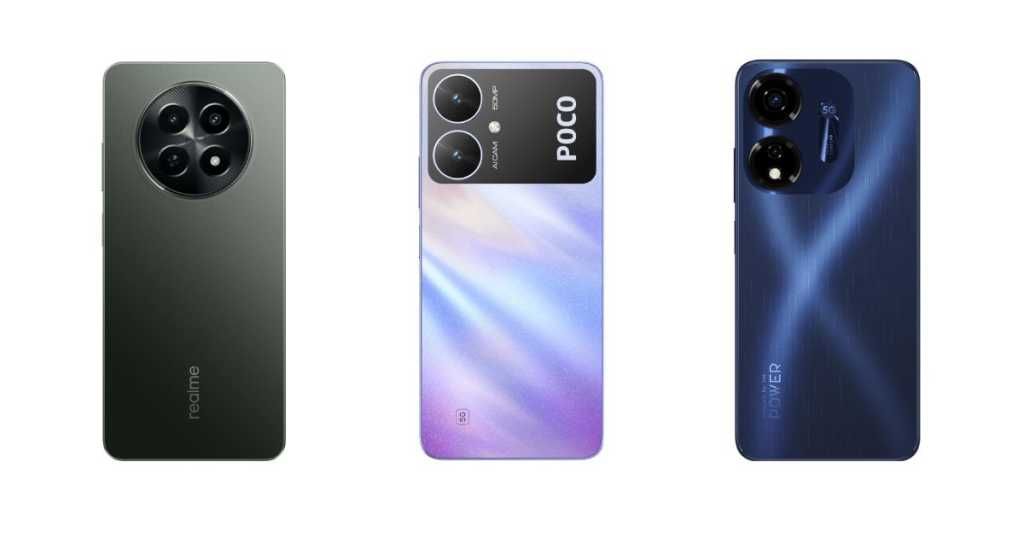
The Realme C65, POCO M6, and itel P55 feature flat edge design and weigh around 190 grams. The Realme C65 has a circular camera module, features a light feather design, and a punch-hole notch display, which looks better than left-aligned camera modules on the POCO M6 and itel P55.
Realme C65 5G vs POCO M6 5G vs itel P55 5G: Display
- The Realme C65 flaunts a 6.67-inch LCD with a 120Hz refresh rate, HD+ resolution, 625nits brightness, 1500: 1 contrast ratio, and a centred punch hole notch.
- The POCO M6 offers a 6.74-inch LCD screen with a 90Hz refresh rate, HD+ resolution, 600nits brightness, Corning Gorilla Glass 3 protection, and a waterdrop notch.
- The itel P55 has a 6.6-inch LCD screen with a 90Hz refresh rate, HD+ resolution, and a waterdrop notch.
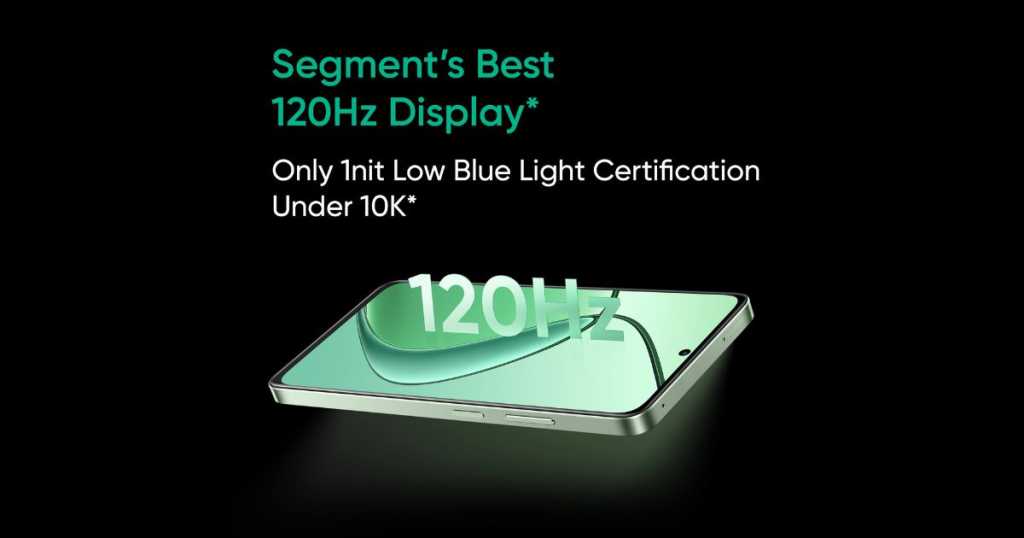
Even though the POCO M6 offers a Corning Gorilla Glass-protected display, it refreshes at 90Hz and has an old-fashioned waterdrop notch. On the other hand, the Realme C65 offers a 120Hz refresh rate display with TUV Rheinland Low Blue Light certification, a centred punch hole notch, and Mini Capsule 2.0 notifications, which gives it an edge over the competition.
Realme C65 5G vs POCO M6 5G vs itel P55 5G: Performance
- The Realme C65 is powered by a MediaTek Dimensity 6300 SoC, coupled with a Mali G57 GPU, up to 6GB LPDDR4X RAM, and up to 128GB UFS 2.2 storage.
- The POCO M6 packs a MediaTek Dimensity 6100+ processor and an integrated Mali G57 GPU, up to 8GB RAM, and up to 256GB internal storage.
- The itel P55 relies on the MediaTek Dimensity 6080 SoC, paired with a Mali G57 GPU, 6GB RAM and 128GB onboard storage.
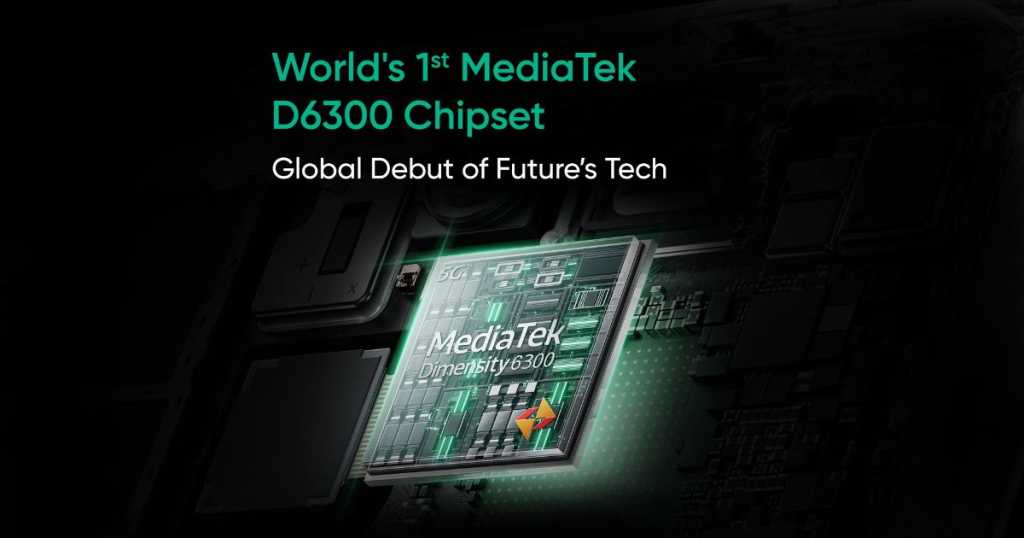
The Realme C65 with its MediaTek Dimensity 6300 seems ahead of the competition. The POCO M6 with the Dimensity 6100+ appears to be behind the competing devices. However, remember that the performance difference in all three will be marginal and not visible with day-to-day tasks.
Realme C65 5G vs POCO M6 5G vs itel P55 5G: Software
- The Realme C65 comes pre-loaded with Realme UI 5.0, based on Android 14. The handset is eligible for two Android version upgrades and three years of security patch updates.
- The POCO M6 boots Android 13-based MIUI 14. POCO has promised two Android OS upgrades and three years of security patch updates for the handset
- The itel P55 ships with itelOS, based on Android 13.
The Realme C65 ships with the latest version of Android, Android 14, and will receive two Android upgrades. This means that the Realme C65 will be updated to Android 16. Whereas, the Android 15 version will be the last Android update for the POCO M6. The Realme C65 is ahead of the competition regarding software updates.
Realme C65 5G vs POCO M6 5G vs itel P55 5G: Cameras
- The Realme C65 offers a dual-rear camera setup, including a 50MP Samsung JN1 camera and a 2MP secondary sensor. It relies on an 8MP camera for video calls and selfies.
- The POCO M6 5G has a 50MP rear camera and a 5MP front camera.
- The itel P55 has a dual-camera setup that consists of a 50MP primary camera and an AI lens. There is an 8MP shooter at the front, which takes care of selfies and video calls.
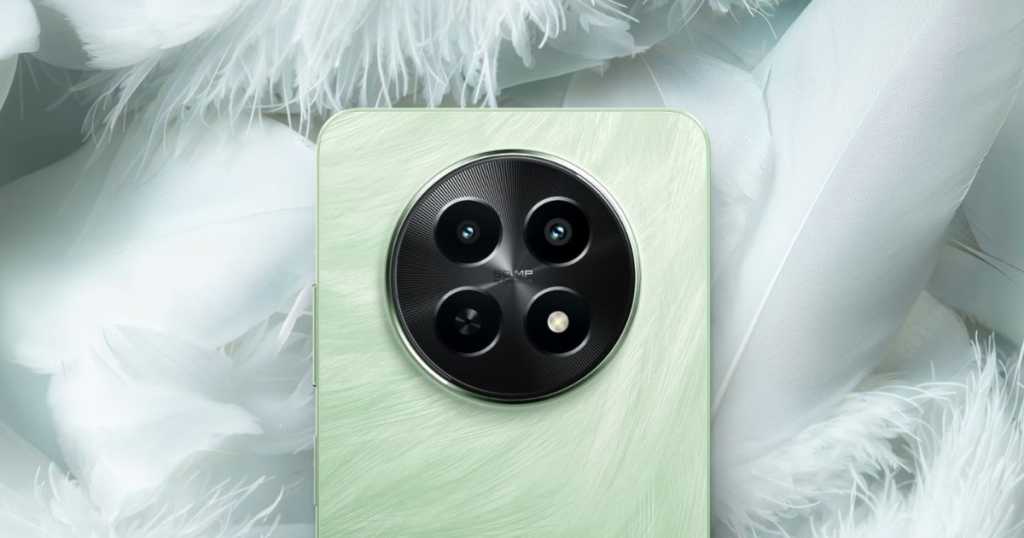
Realme C65 5G vs POCO M6 5G vs itel P55 5G: Battery and Charging
- The Realme C65 features a 5,000mAh battery unit and 15W fast charging support.
- The POCO M6 is equipped with a 5,000mAh battery and supports 18W fast charging. However, the company bundles a 10W charging brick in the retail package.
- The itel P55 has a 5,000mAh battery supported by 18W fast charging.
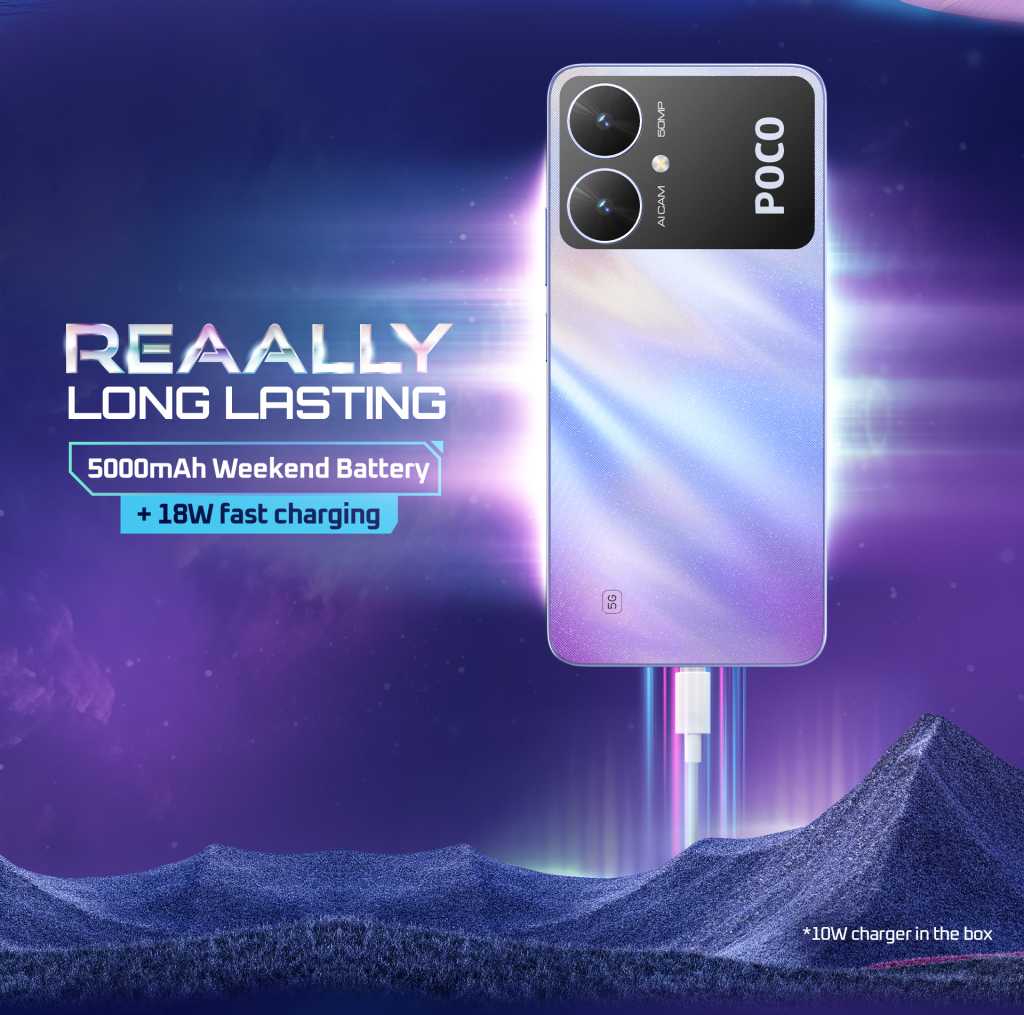
The POCO M6 and itel P55 feature faster 18W fast charging compared to the Realme’s offering. However, POCO doesn’t include a fast charging adapter in the retail box, which gives P55 an edge over its competition.
Realme C65 5G vs POCO M6 5G vs itel P55 5G: Verdict
The Realme C65 offers a higher refresh rate display, a faster processor, and better software support. It is the costliest of the three but is the only device to feature an IP54 rating, Air Gestures, Dynamic Button, and 48-month fluency certification.
The POCO M6 lags as it offers a 90Hz waterdrop notch display, a 5MP selfie camera, and a 10W charger. The itel P55 is the cheapest, but it ships with Android 13. The itel P55 could be a good option for those on a restricted budget.

